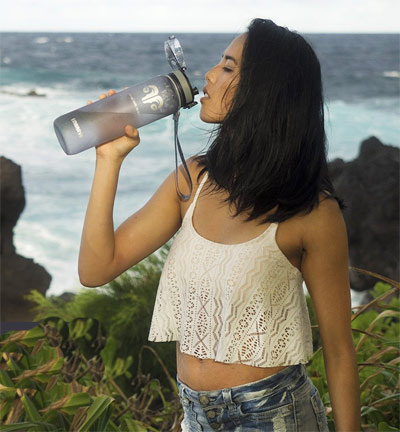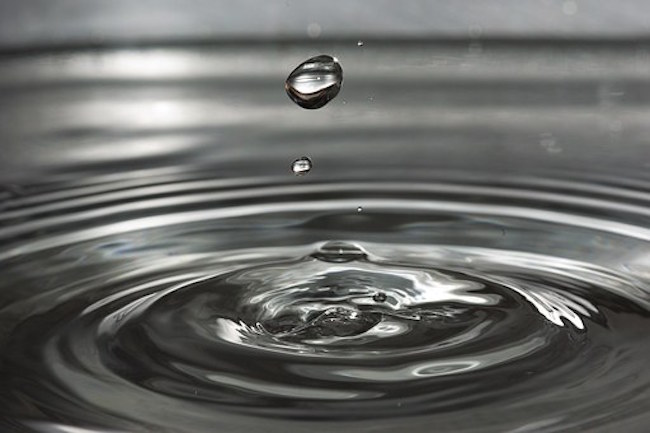Drinking Water Storage – How Long In Plastic Containers? by Ken Jorgustin for Modern Survival Blog
A lot of people are apparently concerned about the (health) effects of plastic as it pertains to drinking water storage (‘bottles’, jugs, containers, barrels, etc.).
I have spent time researching the general subject of various plastics versus their apparent safety for food and water. There is a-lot of opinion and passion about it.
Having said that, I have come to my own conclusions about how to best deal with it. That is, the possibility of ‘bad’ chemicals leaching into the water from the container which it’s stored.
100% free of BPA and bps:
BEST SPORTS WATER BOTTLE – Non-Toxic BPA Free

Not all plastic is created equal.
However there are certain plastics which are considered Food Safe (for water too).
DRINKING WATER STORAGE PLASTICS
Plastic generally considered safe for Food & Drink
Recycle Number:
#1 (PETE)
#2 (HDPE)
#4 (LDPE)
#5 (PP)
#1 PETE
Most plastic water ‘bottles’ (the kind you get in the 24-pack flats, etc.), and the plastic of soda and juice containers, are made from #1 PETE. They are apparently BPA-free nowadays (based on what I’ve discovered online about this subject).
#1 plastic water bottle containers are thinner than #2 plastic. In fact today’s #1 bottled water is even thinner than it used to be! They are basically designed for one use. That makes it less than ideal for long term water storage.
In addition, I’ve discovered that #1 containers will more readily leach a ‘plastic’ taste into the water if it’s heated up in any way – especially over time.
For example, if you leave a plastic water bottle in your hot car, then drink it after it has been sitting there for a time, chances are you will taste a bit of plastic. This can’t be good over the long term.
#2 HDPE
Most gallon jugs of water or milk, etc. that you see in the grocery store are made of #2 plastic and are Food Safe.
Blue colored water containers, jugs, and barrels that are specifically manufactured ‘Food Safe’ are made of #2 plastic. Not all ‘Food Safe’ water containers are blue, but many are (for quick identification).




